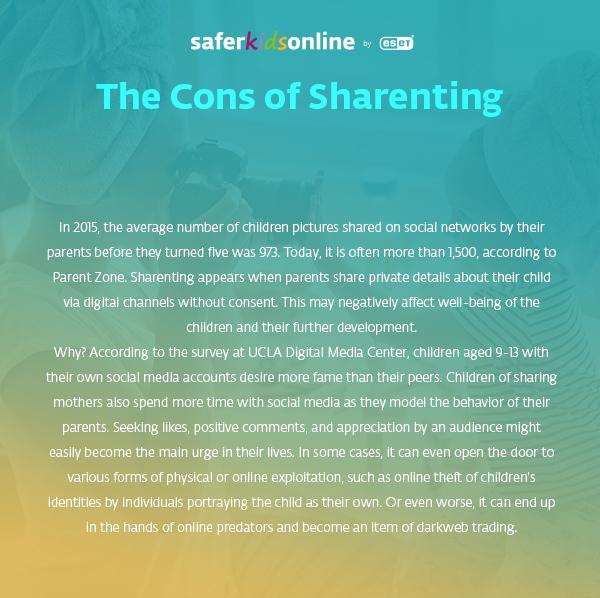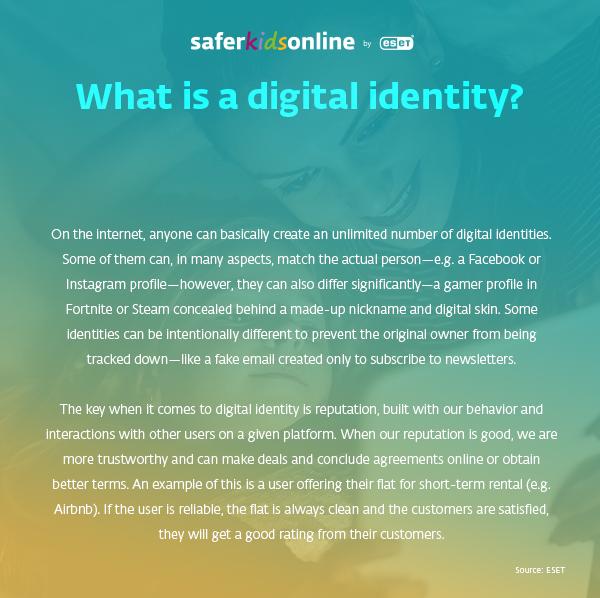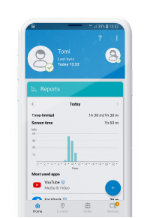“Mom, why don't you ask me first if you can put my photo on Facebook?” Such questions are being asked by the generation of children whose photos have appeared on social networks without their permission. Blurred privacy lines are just one of the things these children now have to deal with. Another problem is the lack of control they have over their digital footprint.
From the privacy disruption to a potential material for bullying. In the future, today’s children will probably not thank their parents who had often posted pictures of them on social networks. Long before they can even learn what they enjoy and what shouldn’t get public, their parents are already creating their social media presence.
What do we risk by doing that? As our children get older, they might turn against us with accusations that we have not allowed them, or at least made it difficult, to choose who they want to be – both in the digital and the real world.
Still wondering how sharing family pictures affects your child?

Where the right of parents to freedom of expression ends
Online information has the potential to remain permanently on the internet as our digital footprint.
If we realize today how much we can influence the digital footprint of our children, we can not only protect them from cyberbullying and other psychological issues, we can also positively influence their social status, as the digital citizens they are becoming today. That applies to their interaction with government services around the world, increasingly moving their agenda online to simplify administration, but also vulnerability to data leaks, when the kids’ personal information isn’t sufficiently protected.
If you share posts featuring your children, you are forming their digital footprint too. In addition, you co-create their digital identity.

If you can’t give up on posting photos from time to time, it is important to monitor your privacy settings of all the shared content. Always ask yourself questions like: Who owns it? Who has access to all my data? Can third parties view some of my information?
Also, avoid sharing any explicit pictures of your children, such as photos of your kids bathing. Such photos can be screenshotted or downloaded and sent to anyone, if not properly protected. And when it appears in a different context, it can lead to physical risks.
Not even the GDPR and its right to be forgotten can eliminate the risk of an embarrassing photograph being preserved on the hard drive of someone who has taken a screenshot. Despite being erased from the primary source, the information may reappear on the internet in the future and become a burden while complicating the user’s future job applications or making it difficult to start new relationships, states the ESET Digital Security Handbook for Teachers.
If you really want to share some information, use privacy settings that enable parents to select the specific audience for everything that is shared, and set up notifications to monitor where the posted information appears. According to the Child Rescue Coalition, 89 percent of parents haven't checked their privacy settings in over a year. Despite the fact that the pandemic forced children to be online every day. So, if you haven’t done it yet, make sure you have everything set up correctly.
To conclude, there is no need to judge yourself too harshly. Interacting with people online has become even more important since the pandemic of COVID-19. Social media helped us keep in touch with thousands of remote friends. When used wisely, a few family photos aren’t likely to cause much damage, if parents think about their audiences.




